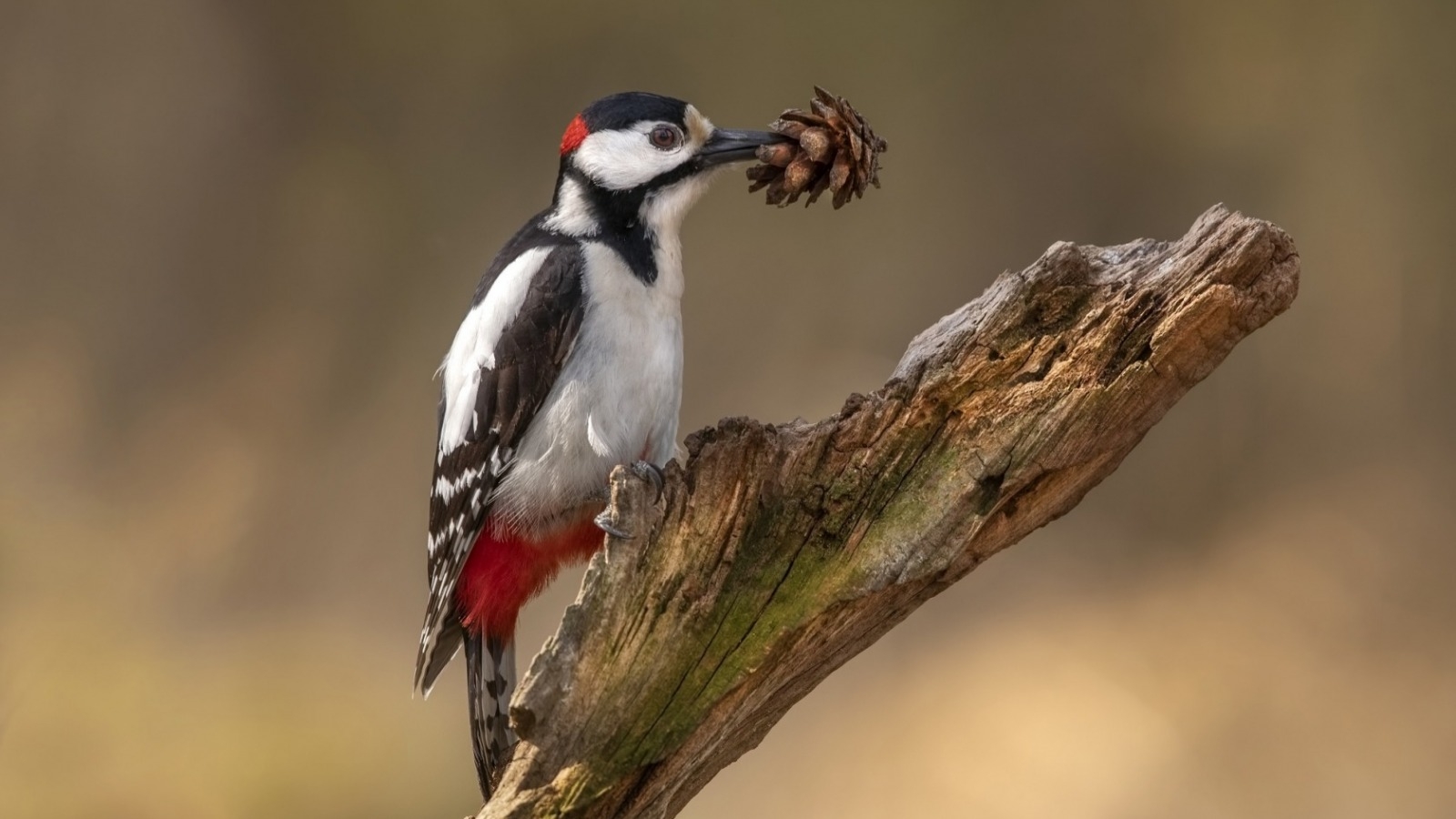Tree mast year
This year is known as a 'mast year' - a year when trees produce a bumper crop of fruits and nuts, which can have huge benefits for wildlife. Here's a few hints and tips of what to look for and which wildlife has been enjoying nature's buffet.

Did you know that trees can communicate with each other? Every few years, an abundance of fruits and nuts are produced by a variety of different trees, known as a ‘mast’ year.
There are many theories as to why trees do this – possibly a way to manage small mammal populations, and possibly also to ensure a good number of those fruits and nuts go on to produce new saplings. They coordinate their fruit production and all in the same year yield mast fruits – although it’s not fully understood just how they do this, the right weather during spring-time is crucial.
Having a bumper crop has huge benefits on wildlife, especially small mammals who gorge on the production. Animals leave their mark wherever they go, and during mast years, these signs can be even more obvious to spot.
If you’ve got a keen eye for detail, be on the lookout for some key signals to say you’ve got wildlife nearby, and learn the differences between the various ways wildlife will make the most of the wealth of fruits and nuts this year.
Hazelnuts are enjoyed by a variety of birds and mammals, and they leave nice signs to spot. Squirrels tend to split open the nuts neatly in half, while smaller mammals such as bank voles and dormice create a round hole with varying levels of teeth marks around the edges. Birds such as great-spotted woodpeckers and nuthatches also very cleverly wedge hazelnuts into the cracks of trees, allowing them to strike them more effectively.
Acorns, beech nuts and horse chestnuts (aka conkers) produce hard-husked fruits from autumnal fruiting trees. Similar to hazelnuts, small mammals will gnaw a hole in one side of beechnuts and conkers, often leaving uneven teeth marks around the edges. Nuthatches again wedge fruits into rough bark for a sturdier ‘knock’, while large mammals such as roe deer like to skin conkers, eating the fleshy centre and often dumping the skin on the ground.
Pine cones are often stripped of their ‘scales’ by squirrels exposing a pair of succulent seeds at the base – similar to how a human would eat corn-on-the-cob! Tell-tale signs of this are a discarded ‘core’ with a tuft at the top, and piles of these scales left under conifer trees. Birds, such as crossbills and great-spotted woodpeckers, also strip pine cones, but the base of the scales will much more ragged where they’ve been pulled by the birds long sticky tongues! Again, woodpeckers will jam them into trees or bark to allow more a sturdier grip for bashing.
Nature really is miraculous and never fails to impress us!



